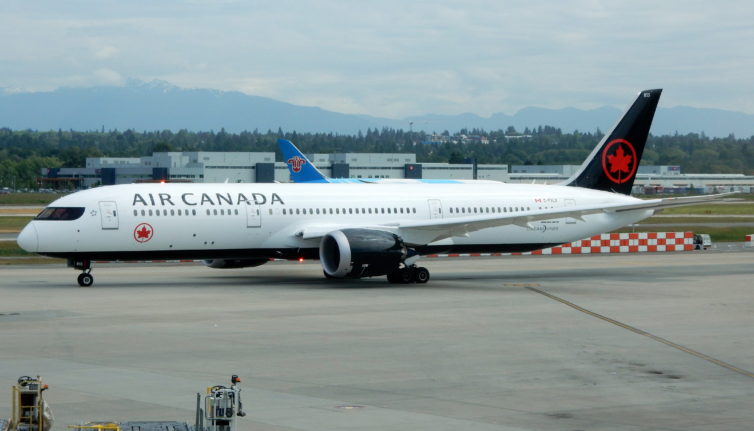
For as long as I can remember, I’ve been fascinated by commercial aircraft. When I was a kid, I tried my best to learn everything about my two favorite jets: the Fokker F28 and the Boeing 747. Supposedly, when I was in grade one, my teacher found me on Cathay Pacific’s website trying to book a flight to Hong Kong. As I remember it, I was looking up facts about the airline’s new triple-7 fleet.
When Boeing announced plans to build the 7E7, I remember receiving a newspaper clipping from my grandmother. The article, plucked from the pages of the Vancouver Sun, described the aircraft as a “Long-Haul Gamechanger.” With its largely composite design, this aircraft was reportedly going to revolutionize fuel consumption.
Despite having only flown on a few commercial aircraft (at the time), Boeing’s new jet captured my attention more than any other plane I had yet to encounter. Maybe it was the fancy name or all the marketing hype at the time… it didn’t matter! When the 787 took to the skies in 2011, I needed to fly on it. Little did I know that my Dreamliner Quest would last almost 10 years. On a recent cross-Canada trip to Montreal, I finally succeeded!
It was time to find out what I’d been missing and see if it lived up to all the hype…
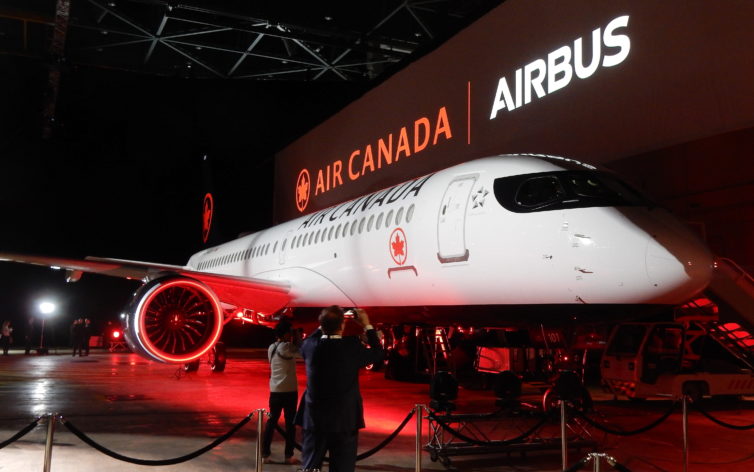
On January 15th, North America’s fifth-largest airline became the newest operator of the Airbus A220. At Air Canada’s headquarters in Montreal, Fin 101 (C-GROV) was unveiled to employees, honored guests, and members of the media. Over the course of the event, we were able to go onboard the aircraft and take in the A220’s unique […]
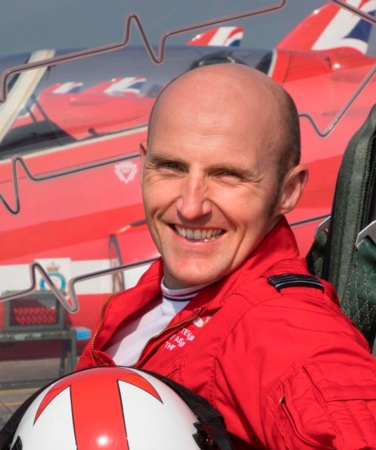
This past September, I was fortunate enough to attend the Red Arrows’ media event in Vancouver, BC. During the event, I was given the opportunity to meet and interview Steve Morris, a senior pilot with the aerobatic team. In addition to learning about Steve’s day-to-day role with the Royal Air Force (RAF), he also talked […]
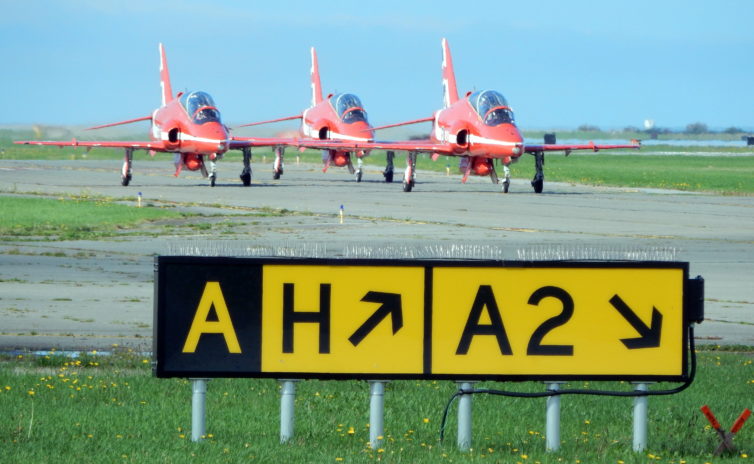
Since the mid-1960s, the Royal Air Force Red Arrows have been the United Kingdom’s premier aerobatic display team. Under the RAF banner, the squadron has visited 57 countries and flown nearly 5,000 display shows.
In 2019, as part of their 55th-anniversary celebrations, the Red Arrows made their long-awaited return to North America. Following three days of position flying across the North Atlantic, the team arrived in Halifax on August 7th. After performing in New York, Chicago, Toronto, and Dallas, the team transitioned over to the West Coast.
With receptions planned in the Pacific Northwest, AirlineReporter was invited to the Red Arrows Arrival Event in Vancouver, BC. I was fortunate to be in town during their visit and eagerly accepted the invitation.
Before getting into the meat of the post, yes I do actually have some Red Arrows swag to give away. For a chance to win, keep reading and some swag could be on your way! Now, a quick history lesson.
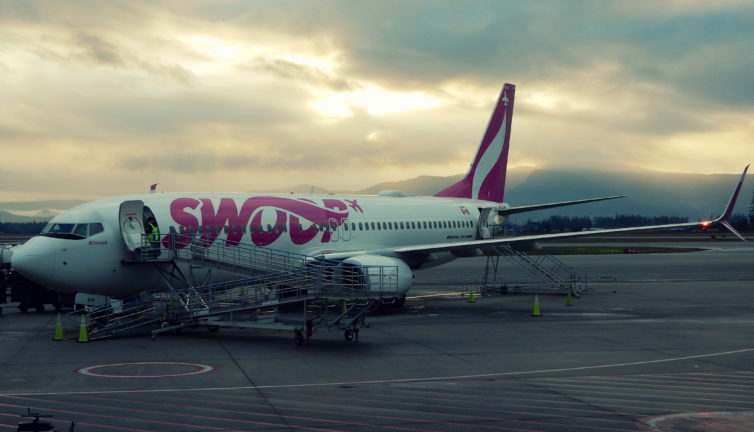
Some Low-Cost Context
As far as I can remember, Canadians have complained about the cost of domestic air travel. Stuck in an increasingly permanent duopoly, Air Canada and WestJet have been without significant competition for the past 15 years. When JetsGo ceased operations in 2005, the domestic market was handed over to two carriers with little interest in changing the status quo. Moreover, with the ability to control prices and adjust capacity, Canada’s two flag carriers have been able to stifle their competition. Additionally, as a result of the duopoly, the barrier to entry for new market entrants has gone up significantly.
Part of the problem lies in Canada’s geography. With a population smaller than Tokyo spread over an area larger than the United States, it’s no wonder that airlines have struggled to succeed in Canada. While there is considerable traffic between the major urban areas (Vancouver, Calgary, Toronto, and Montreal), there is very little flow between Canada’s smaller cities. This makes profitability a major struggle for new market entrants, especially when the major routes are dominated by Air Canada and WestJet.
Start of the Transition
However, things may be about to change. Three carriers (Rouge, Flair, and Swoop) are currently offering low-fare travel options and a fourth, Canada Jetlines, is on the way. Each with their own identity, the three existing carriers have thus far managed to stay afloat in Canada’s notoriously turbulent market. But for how long? That remains to be seen. With low-cost travel finally taking off, it’s worth taking a closer look at how they’ve managed to attract and maintain business. We’ll be taking a look at their origins, cost structure, and the quirks which have kept them in business and, later in my story, I’ll be including my brief interview with Swoop President Steven Greenway.




